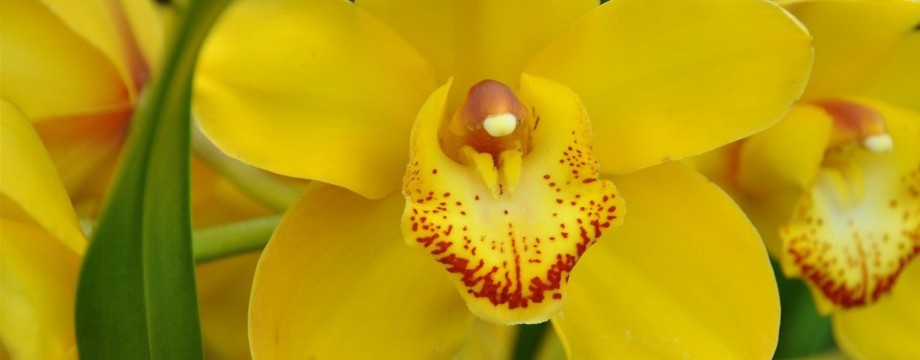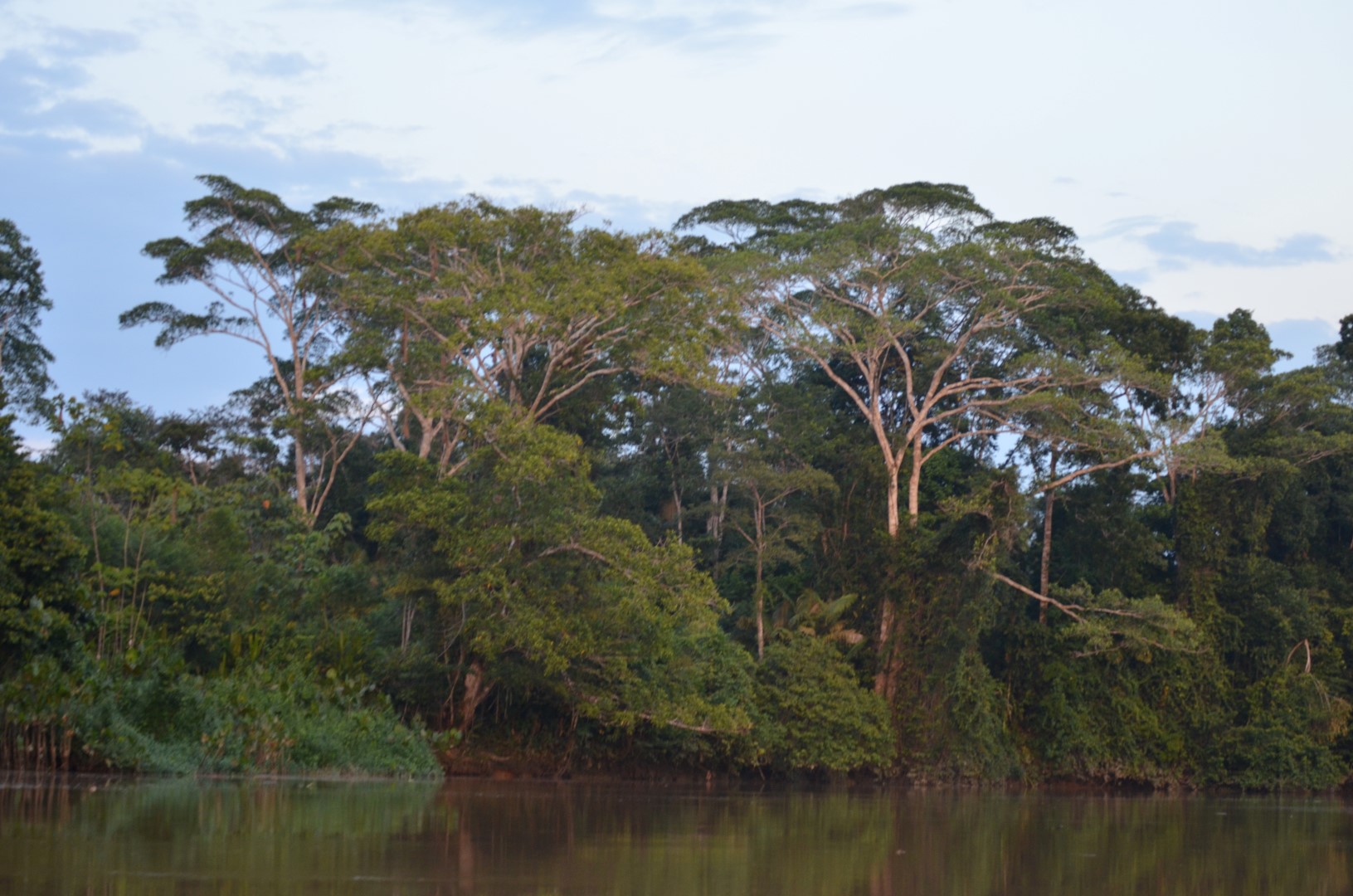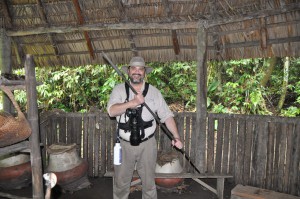On our recent trip to the Ecuador Amazon Rainforest, we learned about the indigenous peoples living in the area, mainly the peaceful and very populous Kichwa, the Huaorani and un-contacted Tagaeri tribes. Most of the modern history of the indigenous people only goes back a few decades. Prior to that there was some westerners, or outsiders, who traversed the area in the 19th century, mainly to capture the natives and ship them off to be slaves in the rubber production camps downstream along the Amazon. Those who were captured were never heard from again by the local indigenous population. This lead to rumors about the “outsiders” actually being cannibals. This in turn caused the locals, like the Huaorani tribes, to become very aggressive and violent and fight outsiders fiercely. They just didn’t want to be eaten.In January 1956, five American missionaries attempted to contact the Huaorani for the first time. They were all found speared to death the week after they made first contact. The missionaries were believed to be cannibals and had to die.In 1987 Bishop Alejandro Lavaca Ugalde of the Aguarico diocese, a Spaniard, and Sister Ines Arango of the Capuchin order, a Colombian, were killed by Huaorani while trying to make contact. When Lavaca’s body was found, it contained 67 spear wounds.
Oil was discovered in the area by Texaco in the late 60’s. This brought a lot people into the area, creating more conflicts. Also, by this time logging was becoming an important industry. Drivers of logging vehicles were frequently attacked by the Tagaeri. In 2003, some loggers were having issues with a Tagaeri tribe and it was impeding their ability to log and to turn profits. The loggers arranged for a friendlier Huaorani tribe to attack the Tagaeri tribe. When the Huaorani arrived at the Tagaeri village all the men were out hunting. The Huaorani then proceeded to kill all the women and children present. 26 Tagaeri died that day. By killing the women and children, they extincted that tribe that day. There are thought to only be about 20-30 Tagaeri left. Nobody was ever brought to justice for this massacre. The 9 Huaorani warriors responsible were pardoned after “promising not to do it again”. In Ecuador, indigenous tribes are allowed to settle disputes as their traditions dictate. This was considered a tribal dispute as no proof of the loggers’ involvement was found. Of course, the only people standing in the way of the loggers were all dead. How convenient.
Most of the Huaorani now live peaceably today. There are still two un-contacted tribes (and about 100 in the entire Amazon basin) in Ecuador, both Tagaeri. New government regulations prevent the oil companies from using that land, as the area around where these tribes live is protected. Commercial logging has been banned. Still, illegal logging is a major issue. 3 of the spears we saw in a museum were from a logger who was speared in 2005 by Tagaeri. In 2008, the body of a rare woods poacher was found in the Yasuni National Park with 9 spears sticking out of his belly. Also in 2008, 5 Tagaeri tribesmen were killed by illegal loggers. The Tagaeri just want to be left alone, and illegal loggers and poachers encroach upon their area. The issue continues to this day.
Current Ecuadorian President Correa’s new vision for the area is a transportation route across Ecuador; he wants to build a major highway from the Pacific, across the Andes, and to the Amazon Basin. A new port is being constructed on the Napo River for this purpose. This project also would include dredging the Napo River, a major tributary of the Amazon. This would allow goods to travel from Brazil up the Amazon, to Ecuador. Then the barges would be offloaded to trucks in the new port and transported to the Pacific coast, then back onto ships, and on to the Far East. The idea is this would work more efficiently and be less expensive for Brazil than using the Panama Canal. There are concerns about how dredging would affect the river, and in turn the people who live here and who depend on the river for life.
Only the future knows how this will turn out for the peoples of this region.


